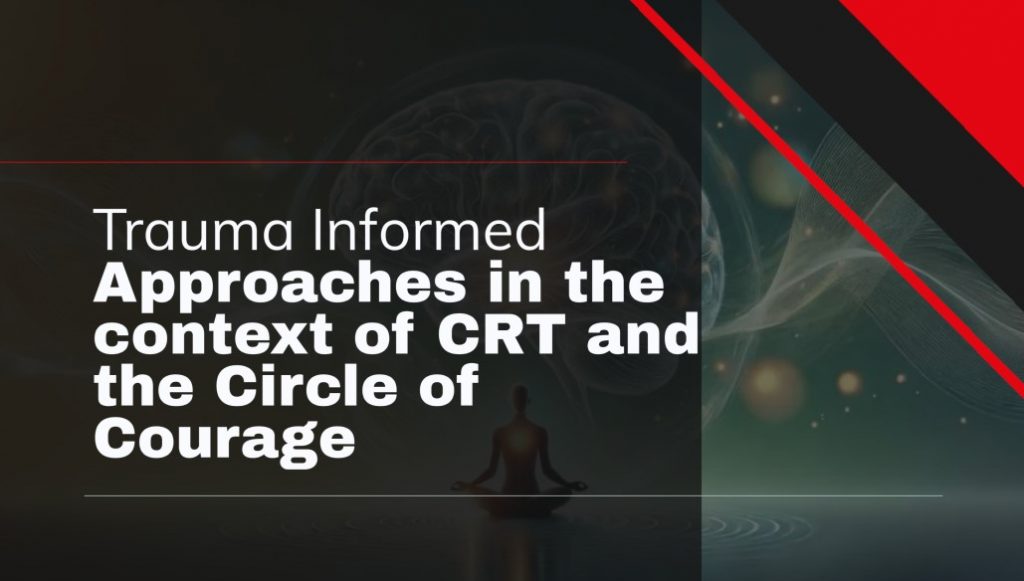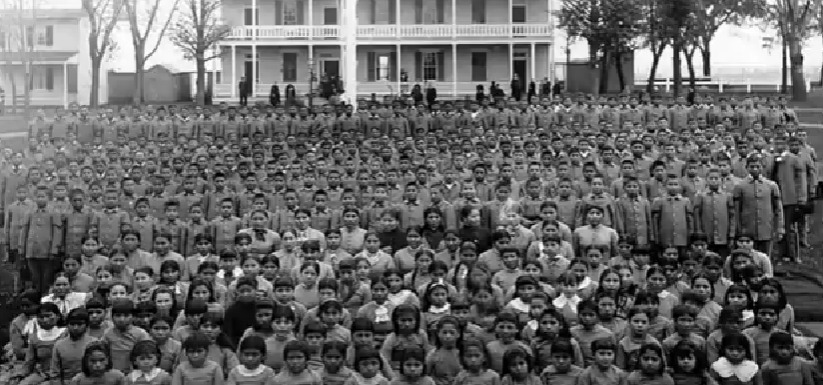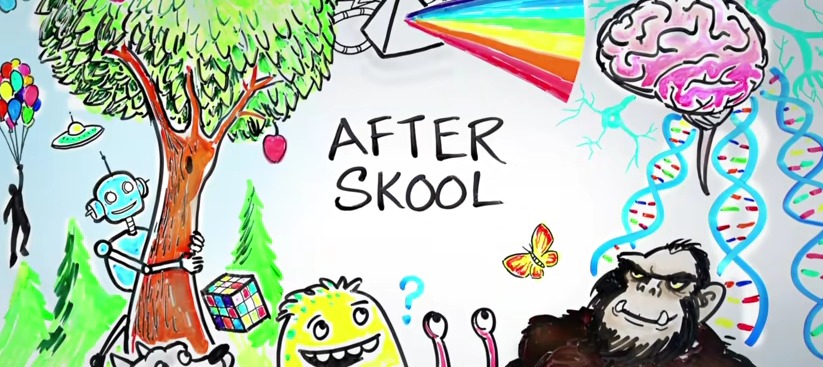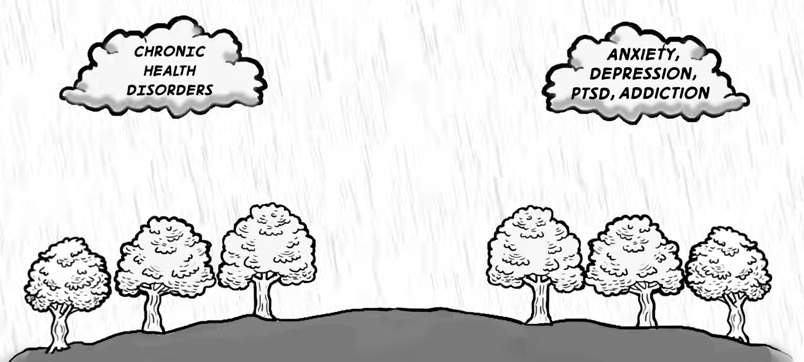OBJECTIVES

1. Awareness and acknowledgement of various types of trauma and how it impacts learning.

2. Understanding the rationale and necessity for trauma-informed practices in creating culturally inclusive learning environments in HEIs.

3. Apply trauma-informed and cultural wealth principles to develop strategies for fostering inclusive learning environments.

4. Understanding I-Thou versus I-It relationships (Buber) to strive for more inclusive and holistic classroom environments.

5. Explore specific trauma-informed principles and their application in educational settings, such as trauma-sensitive teaching practices or creating safe spaces for students.

6. Evaluate current practices in light of trauma-informed principles and develop action steps for improvement.
CONTENT
![]() Trauma-Informed Approach (click on the image to dowland the file)
Trauma-Informed Approach (click on the image to dowland the file)
![]() Audiovisual content (click on the image to watch the video)
Audiovisual content (click on the image to watch the video)
Life style

«The way we live our lives affects not only our health, but also the health of future generations.»
— Gabor Maté
For discussion
- How can the principles of trauma-informed education (safety, transparency, support, collaboration, empowerment, cultural sensitivity) be applied in diverse educational environments?
- How can we incorporate trauma-informed approaches into classroom dynamics, ensuring that students who face adversity have the necessary learning opportunities to heal and thrive?
- Reflect on how the “Circle of Courage” model could be integrated into an educational environment to promote belonging, independence, competence, and generosity?







0 Comments